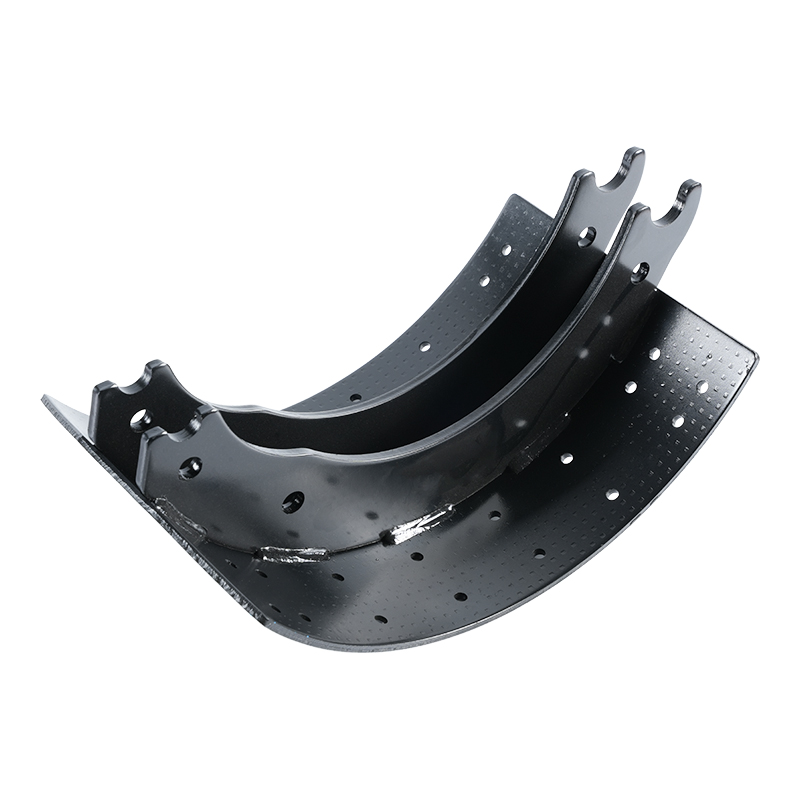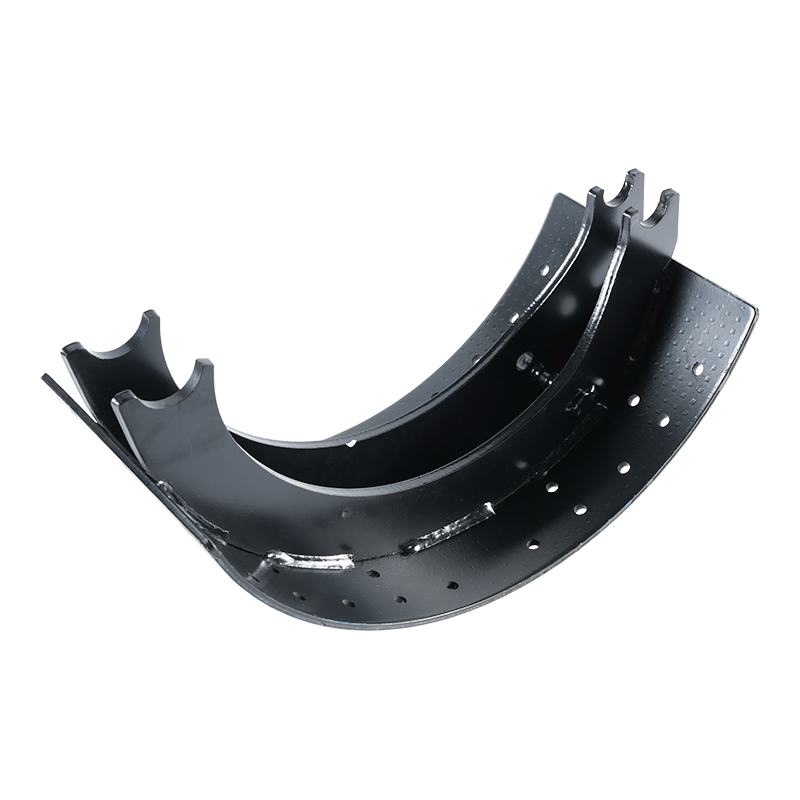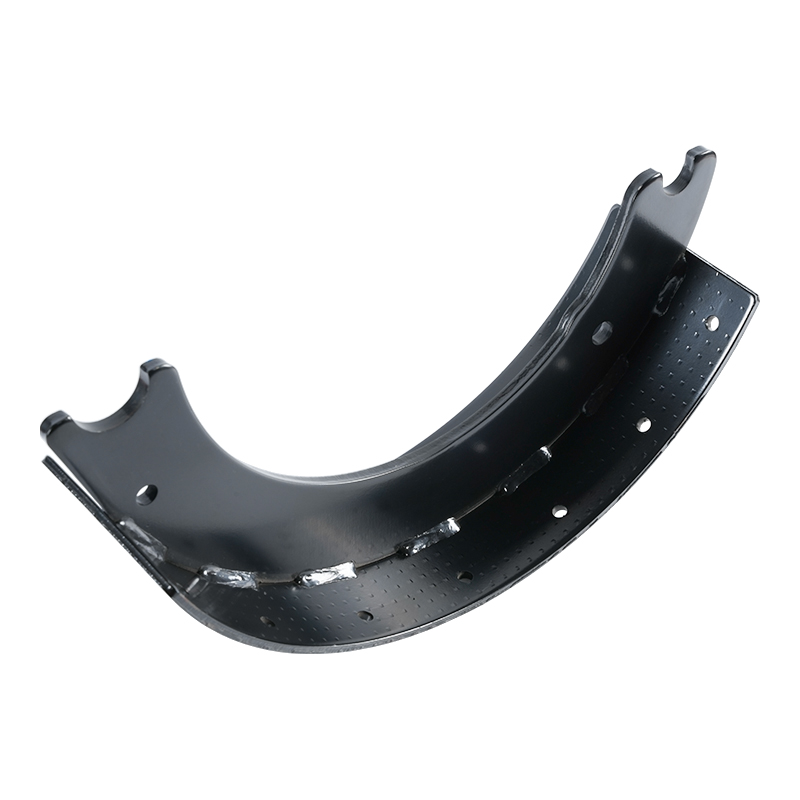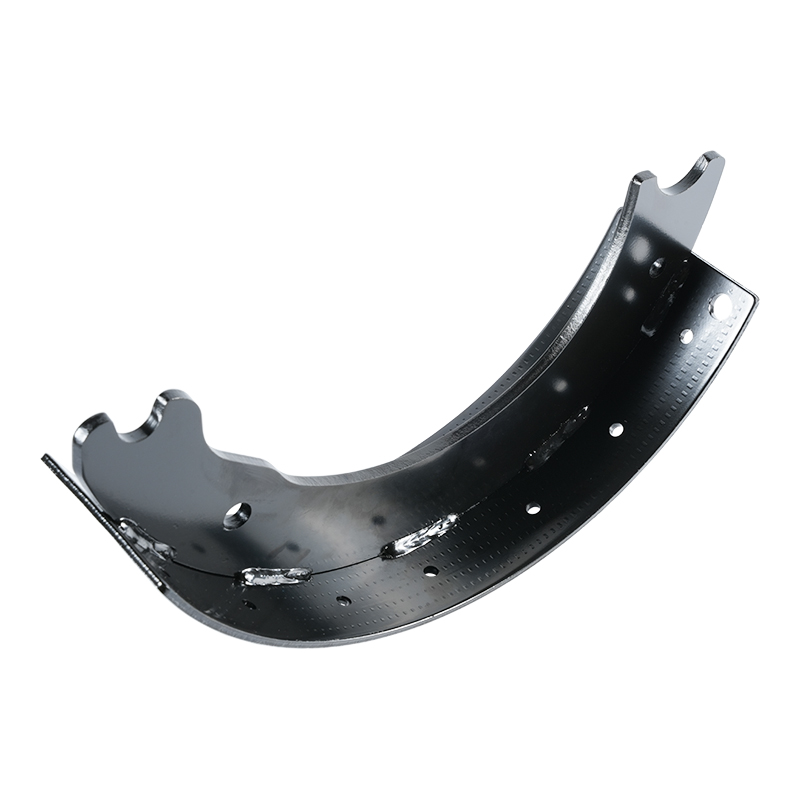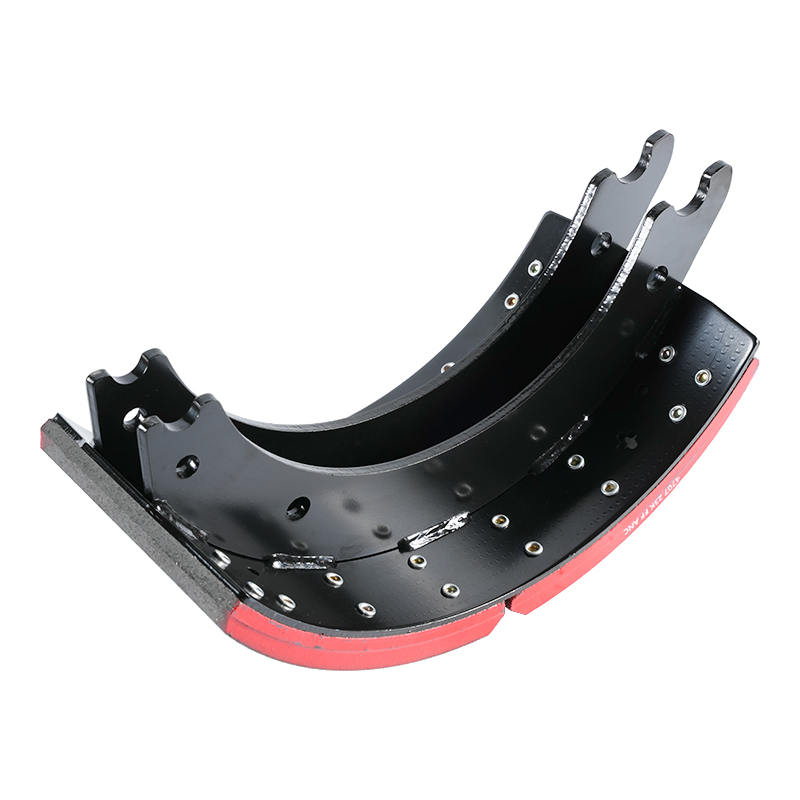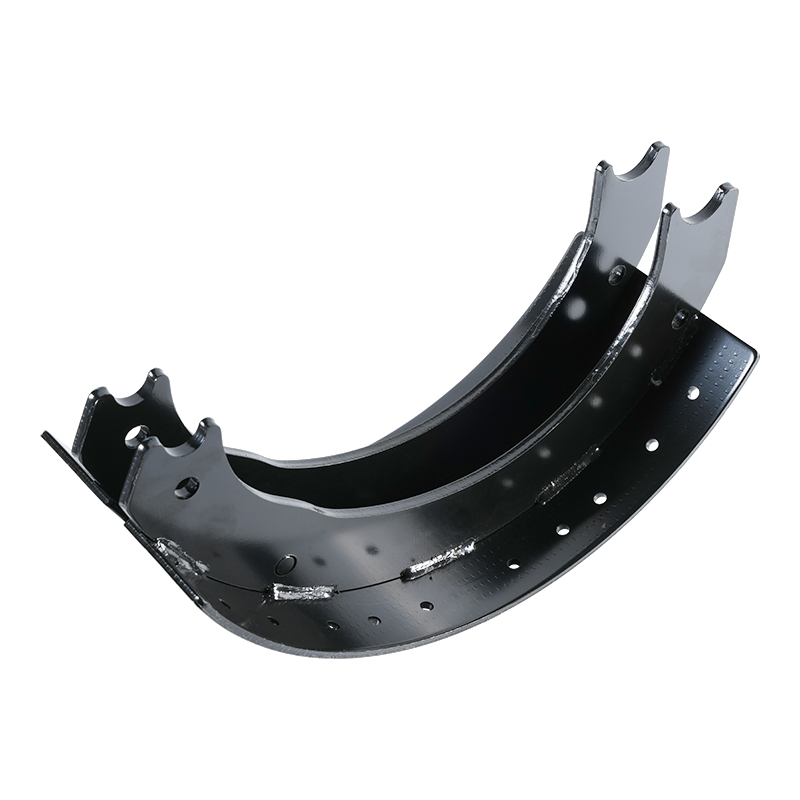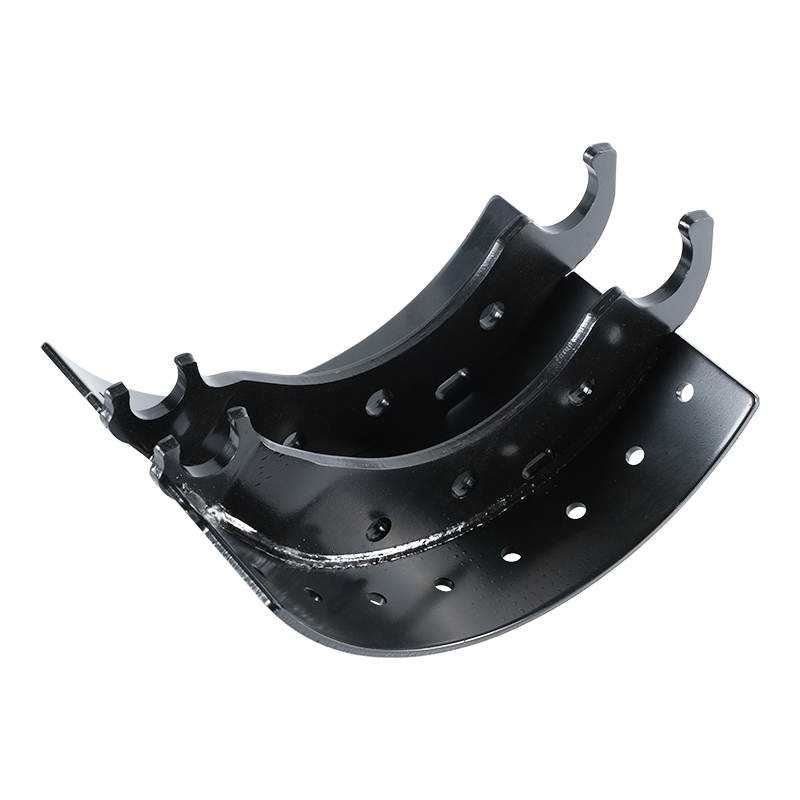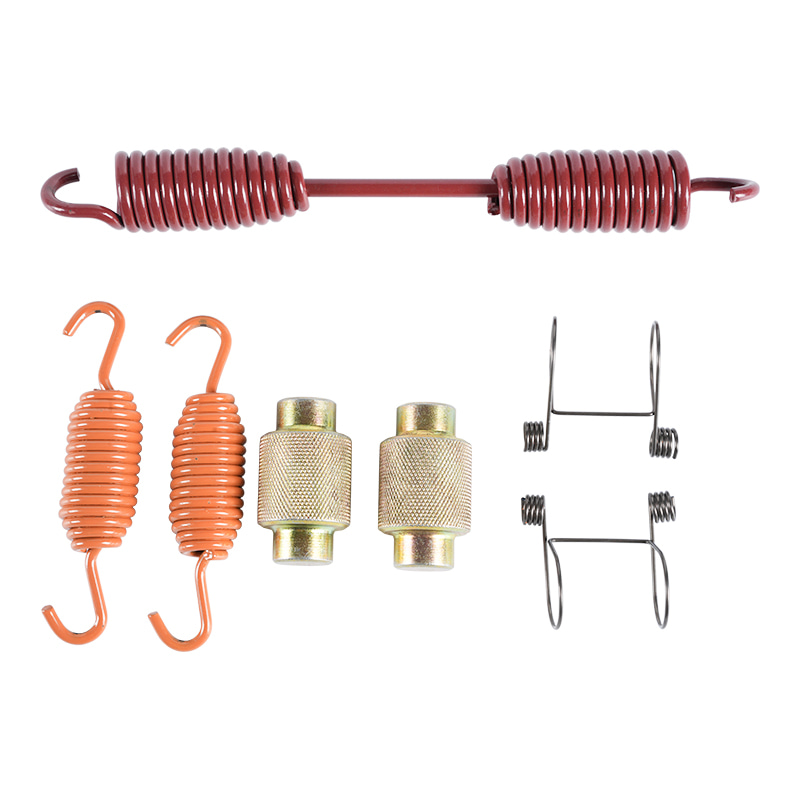What is the difference between 4515 and 4707 brake shoes?
 2025.07.23
2025.07.23
 Industry News
Industry News
When it comes to commercial vehicles, selecting the correct brake shoes is paramount for safety, performance, and operational efficiency. Two common classifications you'll encounter are the 4515 and 4707 brake shoes. While they both serve the fundamental purpose of creating friction to slow and stop a vehicle, they possess distinct characteristics that make them suitable for different applications.
Core Distinctions: Dimensions and Design
The primary differentiator between 4515 and 4707 brake shoes lies in their dimensions and design specifications. These differences directly impact their compatibility with various axle types and braking systems.
-
4515 Brake Shoes: These are typically found in lighter-duty to medium-duty commercial applications. They are often characterized by a width of 7 inches. The specific lining length and anchor pin hole configuration will vary depending on the manufacturer and the intended brake assembly, but the 7-inch width is a common identifier. You might also hear the 4515 brake shoe referred to as a Type 4515 lining or a 4515 friction material.
-
4707 Brake Shoes: In contrast, 4707 brake shoes are designed for heavier-duty applications, commonly seen on Class 8 trucks and trailers. Their defining characteristic is a width of 8.625 inches (or 8 5/8 inches). This increased width provides a larger surface area for friction, allowing for greater stopping power and heat dissipation, which is crucial for heavier loads and more demanding braking cycles. Like the 4515, the exact lining length and rivet patterns will vary, but the wider dimension is a clear indicator of a 4707. These might also be called Type 4707 linings or 4707 friction components.
Application and Performance Considerations
The dimensional differences translate directly into the intended applications and performance characteristics of each brake shoe type.
-
4515 Applications: Due to their narrower profile, 4515 brake shoes are often used in:
-
Medium-duty trucks
-
Trailers with lighter gross vehicle weight ratings (GVWR)
-
Some bus applications
-
Axles requiring a more compact brake assembly
Their performance is adequate for these applications, offering reliable stopping power for moderate loads and typical highway driving.
-
-
4707 Applications: The robust design of 4707 brake shoes makes them ideal for:
-
Heavy-duty trucks (e.g., tractors, dump trucks)
-
Trailers with high GVWR (e.g., flatbeds, dry vans, reefers)
-
Off-highway vehicles
-
Applications where sustained braking and high heat resistance are critical
Their larger friction surface provides superior stopping power, better fade resistance, and longer service life under strenuous conditions, making them the preferred choice for heavy hauling and demanding routes.
-

Interchangeability and Safety
It is absolutely critical to understand that 4515 and 4707 brake shoes are NOT interchangeable. Attempting to install a 4515 shoe on a brake assembly designed for a 4707 (or vice versa) will lead to:
-
Improper fitment: The shoes will not sit correctly within the drum, leading to uneven contact.
-
Reduced braking efficiency: The contact area will be compromised, significantly reducing the vehicle's stopping power.
-
Premature wear: Uneven wear on the linings and drums will occur, leading to frequent replacements.
-
Safety hazards: Most importantly, improper brake shoe installation can lead to brake failure, posing a severe safety risk to the driver and others on the road.
Always consult the vehicle manufacturer's specifications or the brake assembly's part numbers to ensure you are selecting the correct brake shoe for the application.
Beyond the Number: Lining Materials and Compliance
While the 4515 and 4707 numbers primarily refer to the physical dimensions of the brake shoe, it's important to remember that the lining material itself plays a crucial role in performance. Both 4515 and 4707 shoes can be equipped with various friction materials, each offering different characteristics regarding:
-
Coefficient of friction: How much stopping power it generates.
-
Wear rate: How quickly the lining wears down.
-
Fade resistance: Its ability to maintain performance under high heat.
-
Noise characteristics: How much noise it produces during braking.
Manufacturers offer a range of lining formulations (e.g., standard, severe-duty, extended wear) to meet diverse operational needs and regulatory compliance standards (such as FMVSS 121 in North America, which sets performance requirements for air brake systems).
In summary, while both 4515 and 4707 are essential components of commercial vehicle braking systems, their fundamental difference lies in their width and the applications they are designed for. Understanding these distinctions is crucial for proper maintenance, ensuring optimal vehicle performance and, most importantly, road safety. When in doubt, always refer to OEM specifications or consult with a qualified brake system professional.

 Eng
Eng  中文简体
中文简体
